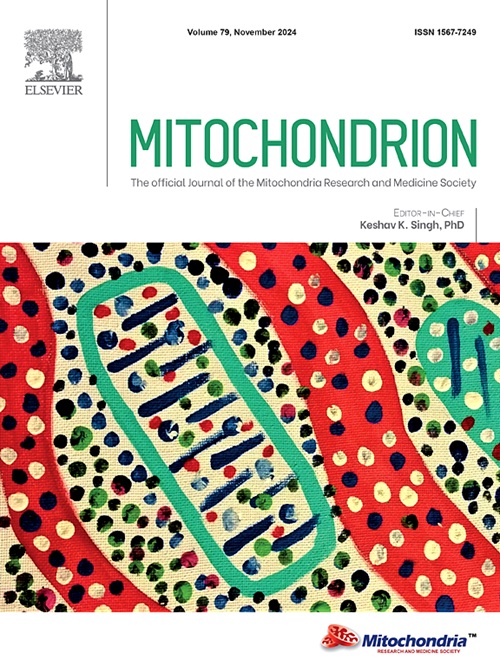心肌缺血再灌注损伤的线粒体质量控制
IF 4.5
3区 生物学
Q2 CELL BIOLOGY
引用次数: 0
摘要
心血管疾病(CVD)仍然是全球主要的死亡原因。急性心肌梗死(Acute myocardial infarction, AMI)是指冠状动脉粥样硬化继发的血栓形成导致的急性心肌缺血,对人类健康构成重大威胁。在临床上,及时的再灌注是AMI临床治疗的基础。然而,再灌注引起的继发性心肌缺血-再灌注损伤(MIRI)往往会加剧损伤,这是临床实践中的一个主要挑战。线粒体是维持心脏功能和细胞生物能量的重要细胞器。近年来,线粒体质量控制(MQC)在维持细胞稳态和介导MIRI中的作用得到了广泛的研究。本文综述了MIRI在分子、细胞器和细胞水平上的MQC机制及其可能的复杂调控网络。此外,总结了针对MQC缓解MIRI的潜在治疗策略,强调了目前临床前研究与临床转化之间的差距。综上所述,本文为进一步的研究和临床转化研究提供了理论指导。本文章由计算机程序翻译,如有差异,请以英文原文为准。
Targeting mitochondrial quality control for myocardial ischemia-reperfusion injury
Cardiovascular disease (CVD) remains the leading global cause of mortality. Acute myocardial infarction (AMI) refers to acute myocardial ischemia resulting from thrombosis secondary to coronary atherosclerosis, which poses a major threat to human health. Clinically, timely revascularization (reperfusion) represents the basis of clinical treatment for AMI. However, secondary myocardial ischemia–reperfusion injury (MIRI) caused by reperfusion often exacerbates damage, representing a major challenge in clinical practice. Mitochondria represent essential organelles for maintaining cardiac function and cellular bioenergetics in MIRI. In recent years, the role of mitochondrial quality control (MQC) in maintaining cell homeostasis and mediating MIRI has been extensively studied. This review provides a concise overview of MQC mechanisms at the molecular, organelle, and cellular levels and their possible complex regulatory network in MIRI. In addition, potential treatment strategies targeting MQC to mitigate MIRI are summarized, highlighting the gap between current preclinical research and clinical transformation. Overall, this review provides theoretical guidance for further research and clinical translational studies.
求助全文
通过发布文献求助,成功后即可免费获取论文全文。
去求助
来源期刊

Mitochondrion
生物-细胞生物学
CiteScore
9.40
自引率
4.50%
发文量
86
审稿时长
13.6 weeks
期刊介绍:
Mitochondrion is a definitive, high profile, peer-reviewed international research journal. The scope of Mitochondrion is broad, reporting on basic science of mitochondria from all organisms and from basic research to pathology and clinical aspects of mitochondrial diseases. The journal welcomes original contributions from investigators working in diverse sub-disciplines such as evolution, biophysics, biochemistry, molecular and cell biology, genetics, pharmacology, toxicology, forensic science, programmed cell death, aging, cancer and clinical features of mitochondrial diseases.
 求助内容:
求助内容: 应助结果提醒方式:
应助结果提醒方式:


